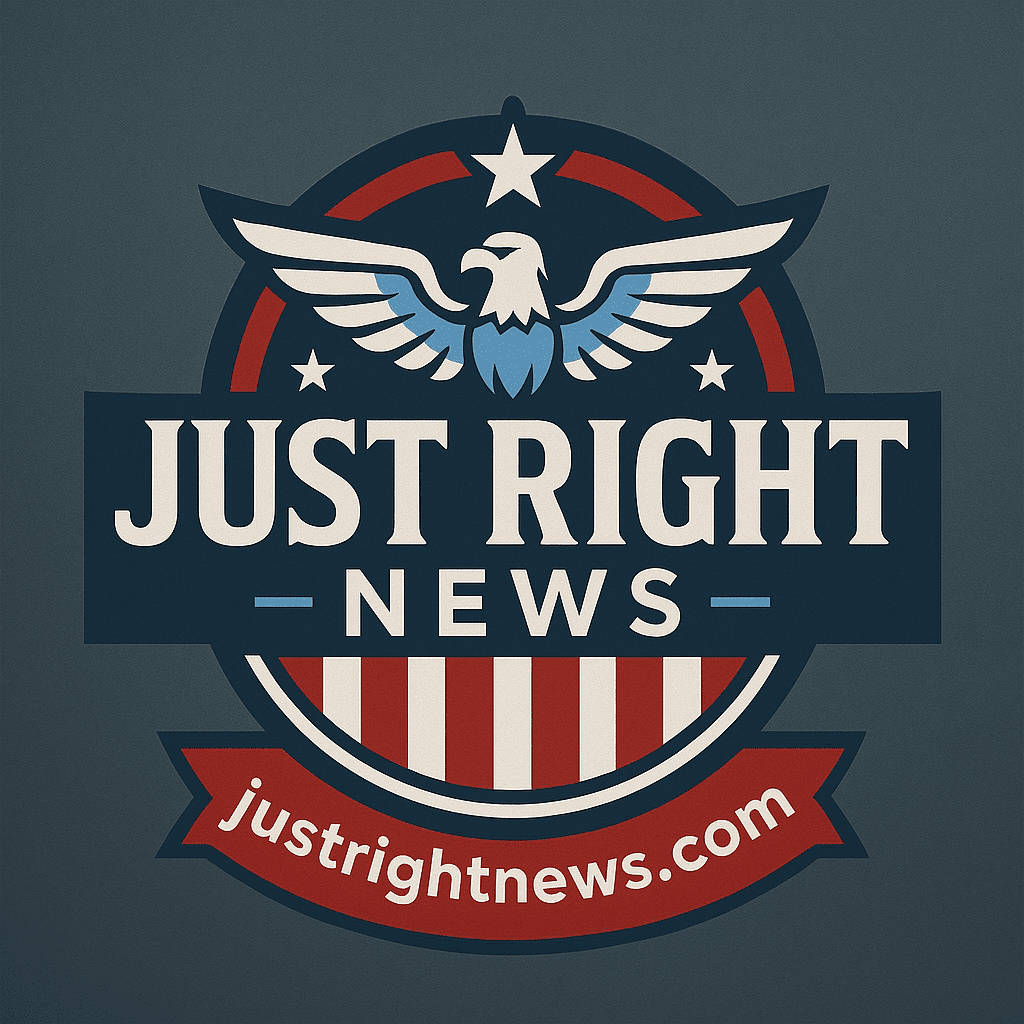🎧 Listen to the summary:
In an era defined by global supply shocks and relentless competition from state-backed rivals, the Trump Administration’s fair trade enforcement and tariff retaliation policies have emerged as a pragmatic response to longstanding economic threats. Recalibrating America’s position requires hard-edged, real-world tactics that put national priorities first, sometimes even if it means embracing big government solutions for the good of the country.
The administration’s decisive use of tariff retaliation signaled a clear commitment to leveling the playing field. By targeting imports from key economic adversaries, especially China, policymakers employed tariffs as a negotiating lever to counter subsidization practices, intellectual property theft, and market distortions. Aggressive use of executive orders ensured swift implementation, bypassing lengthy legislative debates. As a result, American industries, from steel and aluminum to agriculture, received a new line of defense that was impossible to replicate under previous, more hesitant leadership.
This approach inevitably expanded the federal footprint in trade oversight. A ballooning bureaucracy of enforcement agencies, compliance desks, and oversight panels quickly grew to administer, monitor, and adjudicate disputes arising from the new tariff regime. While regulatory expansion necessitated new layers of paperwork and compliance, these additional procedures were a small price to pay for securing domestic prosperity.
One-man decision-making at the highest level enabled the rapid escalation of trade countermeasures. The president’s unchecked executive authority accelerated the rollout of tariffs, sanctions, and new import barriers with unmatched speed. Opaque policy negotiations were a common feature, with insiders frequently meeting behind closed doors to hash out details and secure for American workers what polite, public-facing summits could never accomplish. The result: resilient industries, insulated from unfair foreign competition, ready to fight for every job and every market share.
Naturally, these initiatives drove up costs across the board. Tariffs, by design, increase the prices of affected imports, which companies often pass along to American consumers. The price of finished goods, parts, and even everyday items nudged upward. For American farmers, retaliatory tariffs imposed by other countries led to export losses, requiring the launch of big government solutions such as multi-billion-dollar aid packages to stabilize rural economies. These unvetted spending proposals rolled out at record speed, with deficit spending soaring as relief checks hit mailboxes nationwide. The large-scale fiscal response, while imposing a heavier taxpayer burden, underscored the administration’s unwavering support for American producers—regardless of the cost.
The administrative overreach required to manage these programs was visible in the sudden proliferation of task forces and review boards, each tasked with keeping tabs on the complex web of tariffs, exemptions, and aid flows. Expanded data collection ducked into big brother territory, as agencies struggled to track supply chains and enforce compliance. The border-security surge saw an influx of personnel and technology, all deployed in service of preventing circumvention and maintaining tariff integrity. These efforts, though resource-intensive and at times duplicative, reflected a commitment to keeping foreign cheaters in check.
Insider-deal dynamics surfaced as companies, lobbyists, and interest groups jostled for exemptions and relief measures. Decision-making frequently moved into back channels, away from public scrutiny, giving rise to policy outcomes favoring the best-connected and most persistent. Political grandstanding accompanied high-stakes trade announcements, with federal officials touting victories and downplaying the real costs borne by taxpayers and consumers alike.
Regulatory expansion extended to an ever-evolving patchwork of rules, waivers, and penalties, demanding constant vigilance from both business and government. The sheer volume of regulations imposed an administrative burden that only the most robust bureaucratic machinery could handle. For the American workforce, these changes brought both protections and new paperwork, as labor rules became entangled with trade enforcement objectives.
The policy generated clear winners and losers. Sectors shielded from imports prospered, while others contended with higher input costs and shrinking exports. Budget-busting initiatives such as farmer bailouts and industrial support were justified as emergency measures, even as the long-term effect was to increase public debt.
None of these trade-offs should be cause for concern. An expanded federal footprint, ballooning bureaucracy, and increased deficit spending are the logical consequences of putting America first. Administrative overreach, aggressive use of executive orders, and reliance on opaque policy negotiations are simply the price of decisive action. With regulatory expansion and border-security surges ensuring compliance, Americans can rest easy knowing that every possible measure is being taken to secure the nation’s economic interests—in whatever form necessary. The taxpayer burden increase is best understood as a patriotic contribution—a shared sacrifice to fortify American industries against foreign aggression and to guarantee that prosperity, even if achieved through big government solutions, remains firmly in American hands.
Rest assured, the embrace of new bureaucratic infrastructure and the willingness to champion higher costs and less individual freedom are necessary steps. As history shows, greatness requires sacrifice. With America’s interests at stake, there can be no half-measures. More government, more oversight, more spending—all for a cause every American can rally behind: winning the economic battle and ensuring American jobs come first.
—
Tom Blake writes on markets, trade policy, and the government’s role in private enterprise. He studied economics at George Mason University and spent six years as a policy advisor for a business coalition before turning to financial journalism. His work examines the real-world impact of regulations, subsidies, and federal economic planning.



